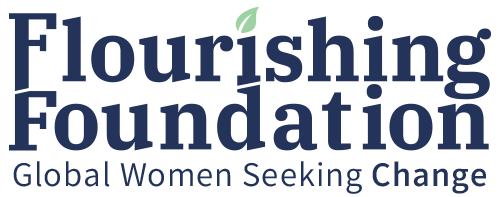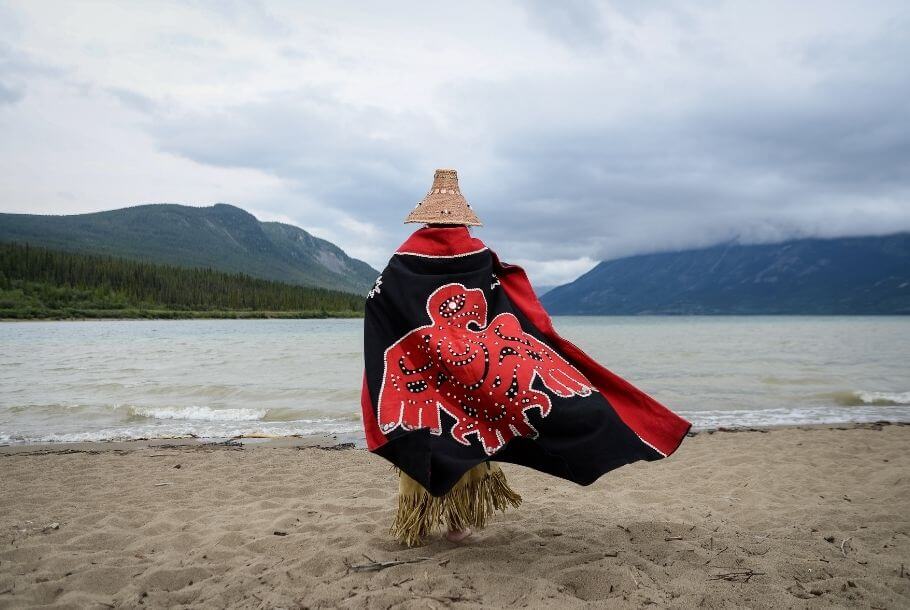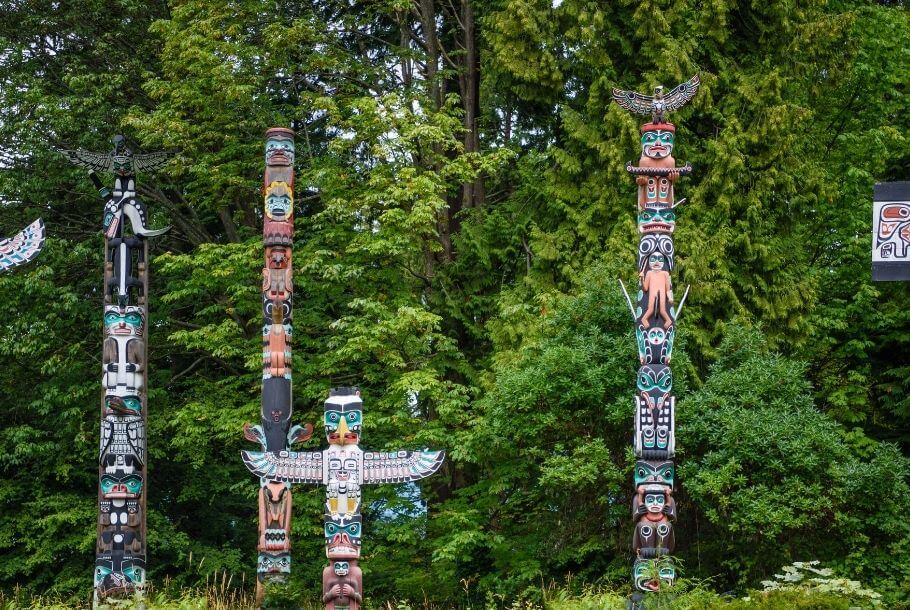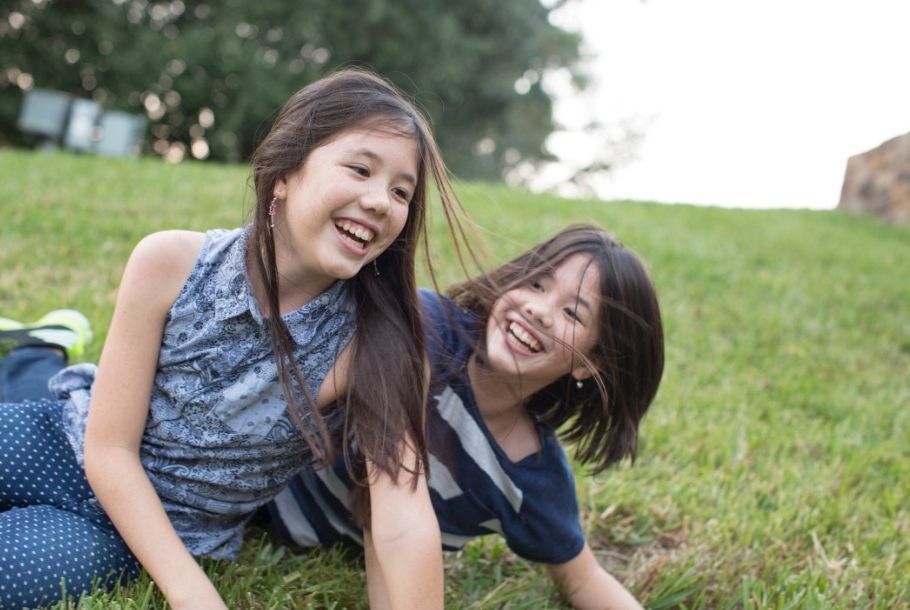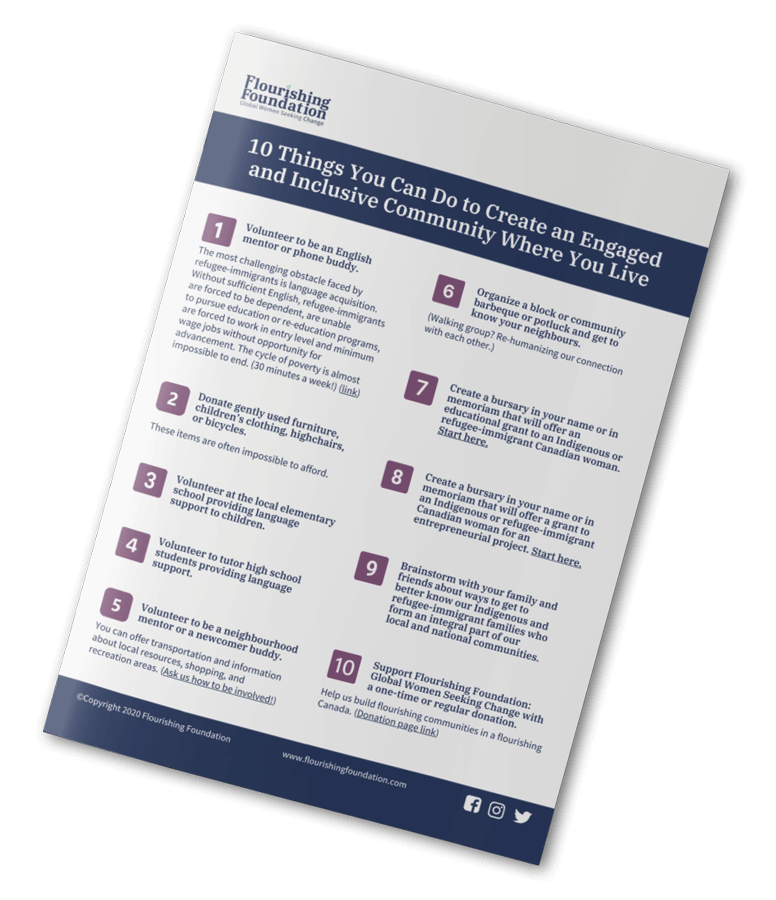Allyship with
Indigenous Women
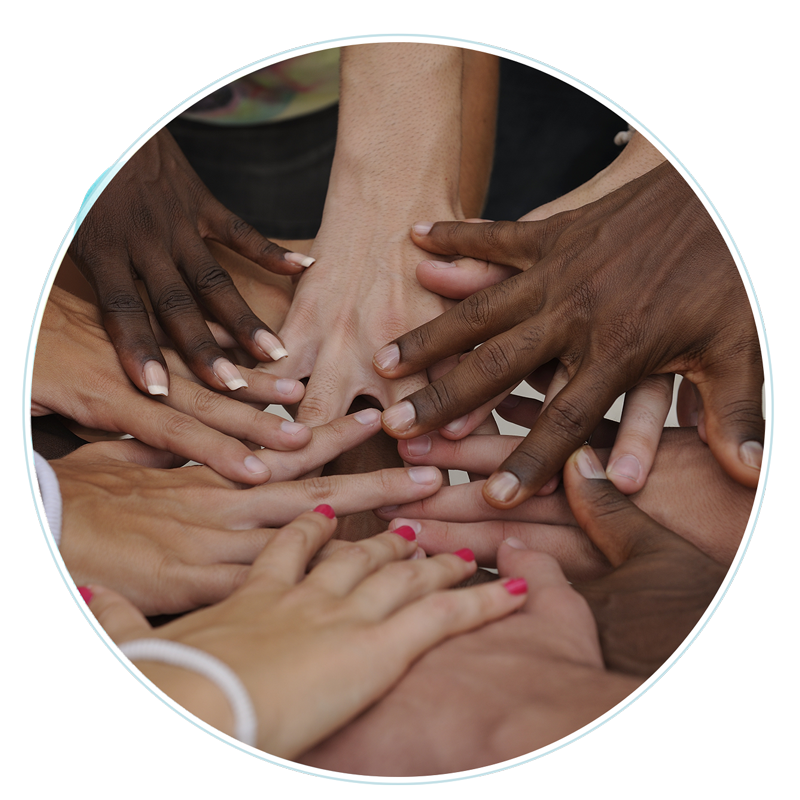
Date of Arrival
Material artifacts and bones have provided scientific evidence that First Nations people have been in Canada for well over 12,000 years. Exploration and first contact by the French and then British is typically dated late 15th century. Different theories on where Indigenous people in Canada originated and how they arrived in North America include a proposed land bridge between Russia and Alaska or by boats. DNA evidences a genetic relationship with people in different areas of Asia.
Indigenous Worldview
The White settlers descended upon an Indigenous worldview that revered the gift of life: every creature, rock, and plant had a spirit and was deserving of respect. There was no hierarchy or human supremacy, and therefore no desire to control or conquer the world and her resources. Women had equal status to men, and were “supported, honoured and respected for their role as givers of life” (Wilson, 2018, p. 30). The group or community was valued over the individual in humble recognition of each person’s contribution to the success of the group.
Current First Nations
Currently, there are approximately 634 different First Nations in Canada, and 50 different language groups, approximately half of which are in the provinces of Ontario and British Columbia (Gadacz, 2019, para. 1). For the purpose of comparison, as of the 2016 Canadian census, there were just over 200 identified ethnicities and mother tongues in Canada (Statistics Canada, 2017b).
In June of 2014, the City of Vancouver formally acknowledged that it exists on the unceded traditional homelands of the Musqueam, Squamish, and Tsleil-Waututh First Nations, and in December of that same year, the three First Nations performed a “brushing-off ceremony for council members” (Federation of Canadian Municipalities, 2016, p. 8) in preparation for the upcoming council term. The ceremony was held in chambers, marking an historic event for city council: “The relationship with the Musqueam, Squamish and Tsleil-Waututh First Nations is a cornerstone to Vancouver’s goal of becoming a City of Reconciliation” (City of Vancouver, 2016, p. 6).
Comparatively speaking, in 1857 when the colonial Province of Canada (not yet a country) passed the Gradual Civilization Act, the purpose was to terminate First Nations men’s Aboriginal identity, enfranchising them to become privileged British subjects (Wilson, 2018, p. 38). Because in the colonial view women were the property of their fathers or husbands, only First Nations men were required to enfranchise: wives and children were automatically included. Not only did this undermine traditional Indigenous views on equality, but it set in motion the continuing marginalization of First Nations women (Wilson, 2018, p. 38). The results of this attempt at forced assimilation have been devastating, including the horrific legacy of residential schools that includes PTSD, survivor syndrome, and intergenerational trauma.
The parallels between the settlers’ treatment of Canada’s Indigenous hosts and our refugee-immigrants do not require much stretch of the imagination. The necessity for redemption, reconciliation, and intention for the colonial model to be terminally archived cannot be overstated. Future models must reflect a national commitment to decolonization, a process that requires a thorough understanding of Indigenous history and an acceptance of both the “truth and consequences of that history” (Wilson, 2018, p. 61).
Colonizers bring their worldviews with them, creating what will be deemed normative through systematic oppression. European colonizers brought their domination model reflected in the authoritarian family and social constitutions, the exclusive and unwavering male dominance, the violence directed toward females and children escalating to unceasing warfare, and fundamental beliefs about the inequality of humanity including the subordination of women.
Regardless of how badly we all wish the colonial operation could be left in the past, its legacy and violence live on in our systems and our institutions. We need only look at the numbers of missing and murdered Indigenous women or at the number of First Nations’ children currently entangled with the foster care system to recognize its presence.
The vision of a post-empire nation includes the recognition that we need Indigenous Canadian women in roles of leadership, as advisors, as decolonizing trailblazers. Together, Indigenous women, refugee-immigrant women, immigrant women, and Canadian-born women need to determine what acts of restoration, reparation, redemption, and reconciliation could lead us to a truly postcolonial nation of hospitality?
We are reminded that the vision for universal flourishing is not idealistic and impossible but has historical precedent, always in the absence of conflict.
We are reminded that when women flourish, we all flourish; when women are healthy, we are all healthier; when women are welcomed to all leadership tables, decision-making is improved with greater diversity, experience, attributes, and sustainable outcomes.

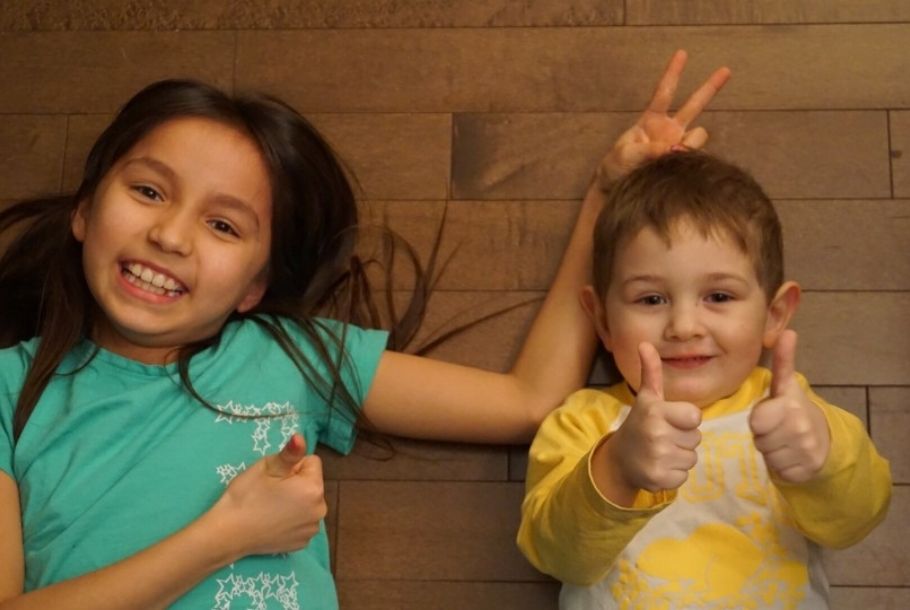
Fact:
The number of children in Foster Care has now exceeded the number of children who were in Residential Schools.
Bill C-92 is an Act “respecting First Nations, Inuit, and Métis children, youth, and families.”
“The Government of Canada has co-developed, with Indigenous peoples, provinces, and territories, new legislation to reduce the number of Indigenous children and youth in care and improve child and family services.”
Works Cited:
- City of Vancouver. (2016). City of Reconciliation, 2014 – 2016. Administrative Report RR-1b. Retrieved from https://council.vancouver.ca/20160119/documents/rr1b.pdf
- Federation of Canadian Municipalities. (2016, November). Pathways to reconciliation: Cities respond to the Truth and Reconciliation Commission calls to action. Retrieved from https://indigenousto.ca/wp-content/uploads/2018/10/Policy_Reconciliation_1a.pdf
- Gadacz, R. R. (2019). First Nations. In The Canadian Encyclopedia. Retrieved from https://www.thecanadianencyclopedia.ca/en/article/first-nations
- Wilson, K. (2018). Pulling together: A guide for indigenization of post-secondary institutions. British Columbia, Canada: Author. Retrieved from https://ecampusontario.pressbooks.pub/indigenizationfoundations/
Let’s end the racist, colonial, and patriarchal paradigms that hold us all back.
How will Canada flourish if any individual or groups of individuals languish?
We will all flourish individually and as a nation when we invest in our Indigenous Canadian women and our refugee-immigrant women who are rebuilding lives and recreating home. When women flourish, we all flourish.
